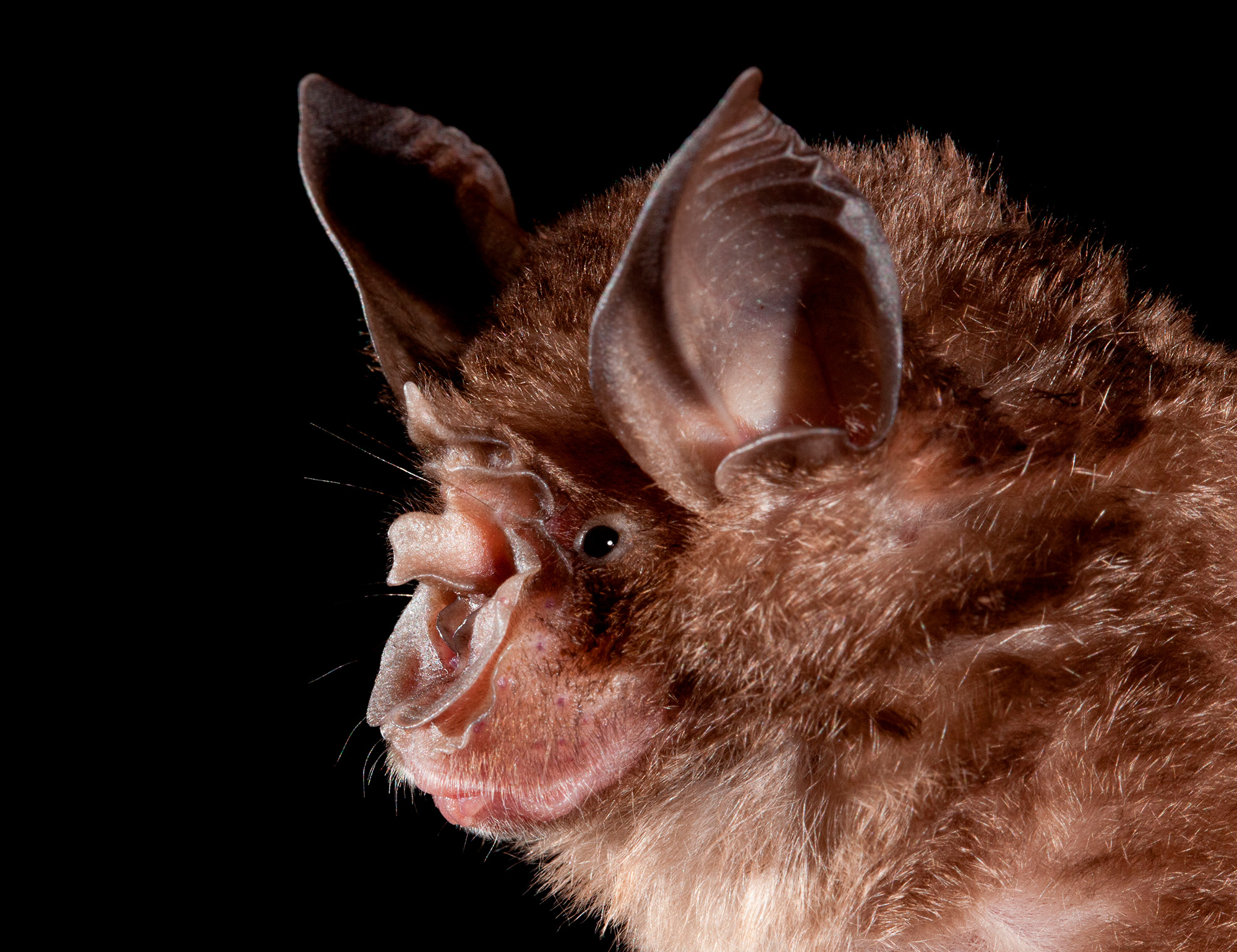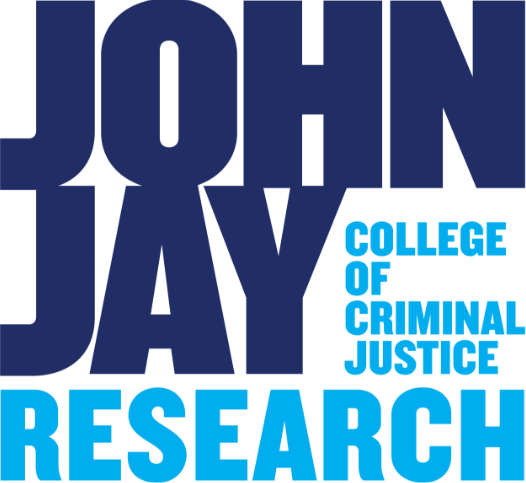
Photo: Merlin D. Tuttle / Science Source
UNEQUAL EMERGENCY
The global outbreak of COVID-19, and the changes it has forced on nearly every aspect of modern life, have thrown a stark light on inequalities already present in our society. Dr. Isabel Martinez, Associate Professor in the Department of Latin American and Latinx Studies, is interested in how Latinx college students are coping. Already members of a population subject to unequal access to quality health care and technology, and disproportionately employed in low wage service industries, these young adults are encountering new barriers created by the public health emergency at a higher level as well. Martinez is developing a pilot research study to interview Latinx students in New York City and El Paso, close to the U.S.-Mexico border, to find out how they are adapting to these extraordinary circumstances and what they need to survive and thrive in a post-COVID world.
AT BAT TO FIGHT COVID
Viral diseases often begin in other animal species and pass to human hosts. In the case of COVID-19 (also called SARS-CoV-2), the coronavirus is widely believed to have originated in bats. But how are bats able to carry the closest known relative of the virus that has swept through the human population without getting sick?
Dr. Angelique Corthals, Associate Professor of Sciences and a biological and forensic anthropologist, is on the case. She’s part of two teams that have received RAPID grants from the National Science Foundation to study possible reasons why bats infected with coronavirus don’t appear to suffer ill effects, while humans can become deathly sick. In her words, the goal of both grants is to identify patterns of immunity that are different or similar between bats and humans, which can then point toward better targets of treatment and, ultimately, a vaccine.
One potential mechanism, which Corthals is studying in cooperation with biologist David Ray at Texas Tech University, is that bats may dampen their immune system response to the virus, in essence learning to “get used to” its presence. Since a lot of the damage done by the virus in the human body can be attributed to our extreme immune response, dialing back immune responses to COVID-19 may help mitigate the damage the virus can cause in serious cases. The team is analyzing massive databases of bat genomes from 10 species, hoping to find out which genetic changes keep bats safe.
For the second project, Corthals will look specifically at certain cells in bat noses, called goblet cells, that may be instrumental in the body’s first virus response. Both bat and human noses contain goblet cells, which are part of the lining of our organs and play a role in immune responses like producing mucus. Because there is evidence that COVID-19 attacks the upper respiratory system first, figuring out how cells in bat noses resist viral attack could be a key step in understanding humans’ symptom development. She will work with Stony Brook University’s Liliana Dávalos and Yale University’s Laurel Yohe.
A LEGACY OF HARM
Although the National Network for Safe Communities (NNSC) primarily focuses on issues of public safety and law enforcement, Danneile Davis, Field Advisor for NNSC’s Intimate Partner Violence Intervention, acknowledges their work’s broad intersection with public health concerns brought to the fore by the 2020 COVID-19 outbreak. Both systems of authority—police and law enforcement on the one hand, medical authorities on the other—have a lot of work to do to grapple with and overcome a legacy of harm committed against Black communities in order to build trust. Davis sees this pandemic as an opportunity to do that work.
“The more authorities can meet communities where they are and address their most basic needs, the more powerful in terms of building trust,” she says. NNSC’s focused deterrence project managers across the country have reported a shift in the way they respond to community needs, incorporating the current public health crisis into their outreach plans. “People who might be involved in groups or gangs, there are certain things that they need, practical needs,” says Davis. “They may need the message of anti-violence and support, but may also need a mask, some hand sanitizer, and some help finding a new job.” In some jurisdictions, outreach teams have been designated essential workers and given support to continue going out into communities, a ringing endorsement of the critical nature of NNSC’s interventions.
Exploring the legacy of past harm is a vital part of NNSC reconciliation efforts, which recognize systemic and structural reasons for a lack of police legitimacy. Normally this work brings community members and law enforcement officers together, but COVID-19 has made clear that the same structural dynamics are at work in public health systems. Data show that Black communities across the country have experienced disproportionate effects from the virus, due to factors including racial bias, less access to health care, a greater concentration of preexisting conditions, and misinformation. NNSC hosted a panel, moderated by Davis, that brought together national leaders in violence prevention and public health to explore the reasons for this, and to discuss the fraught history of Black mistreatment at the hands of the medical community, from nonconsensual medical experimentation to the racial gap in maternal mortality. To build legitimacy, it’s important to understand and acknowledge the roots of mistrust.
Davis hopes to see reconciliation applied to systems across the country to a greater extent, systems like public health and safety, education, and more, where inequities have been laid bare by COVID-19 and the summer’s wave of protests for racial justice. “I’d like to see a lot more of impacted communities being at the table not just represented but truly listened to,” she says, “to stop having public safety being something that is done to us, and to really transform what public safety means.”
